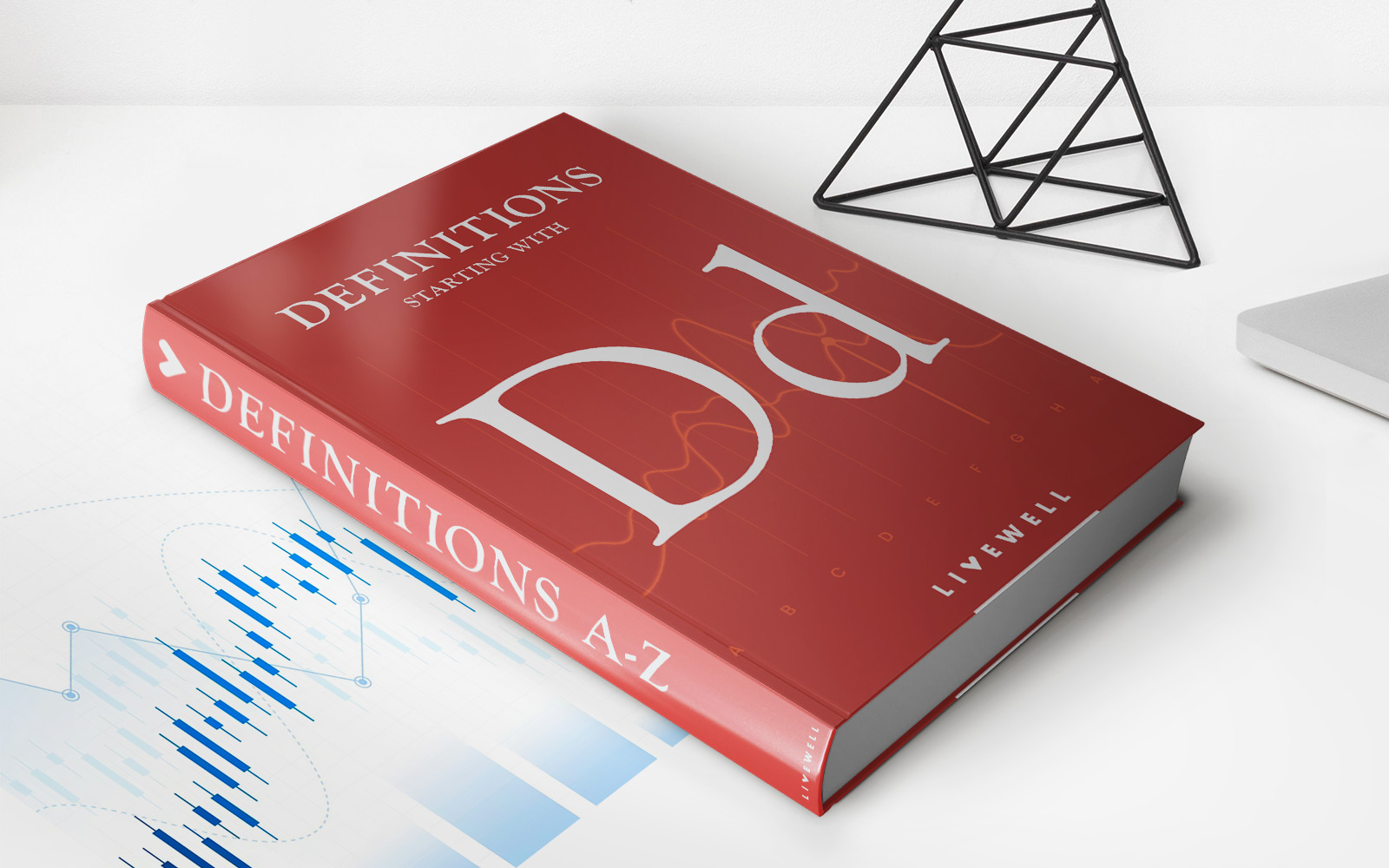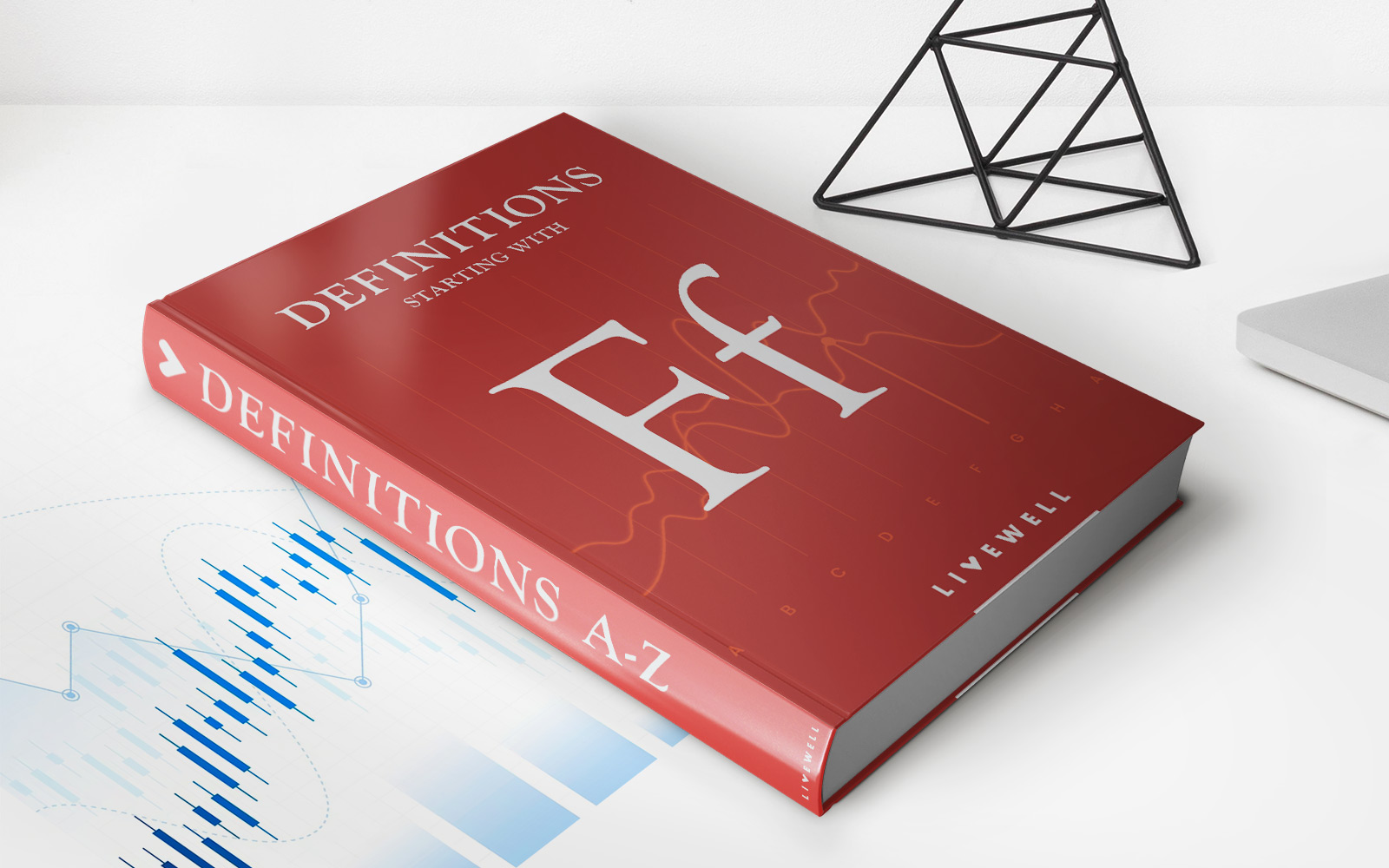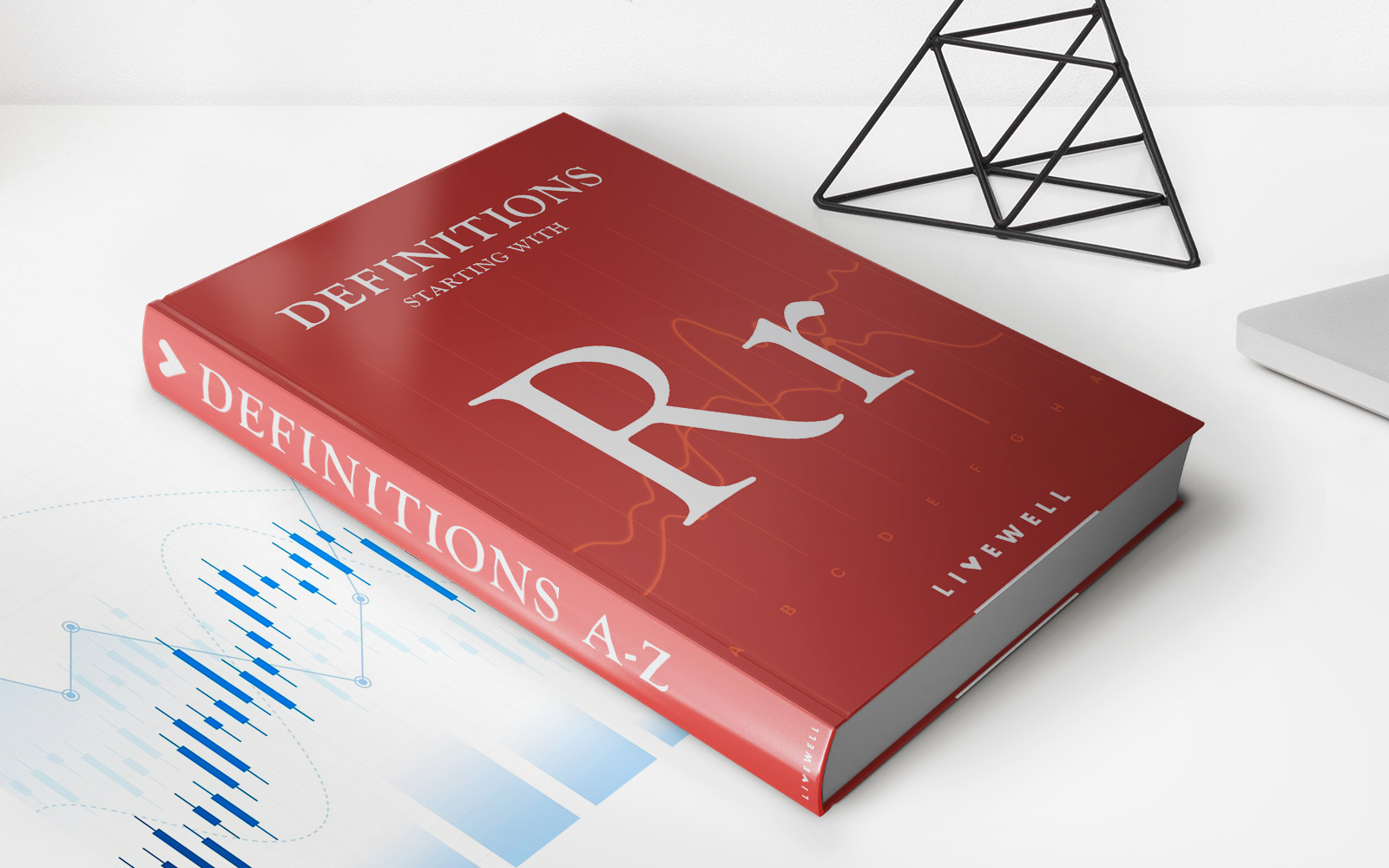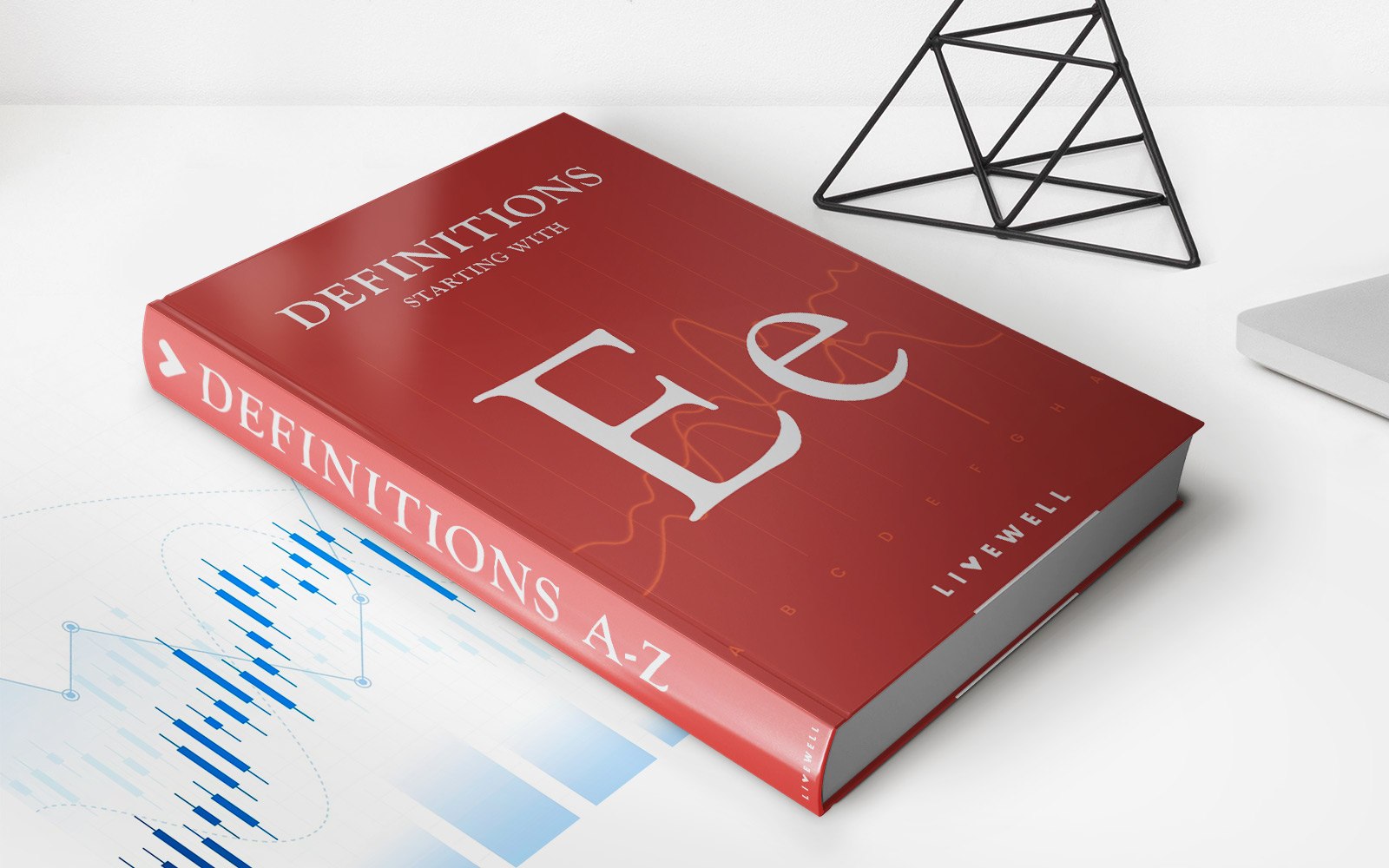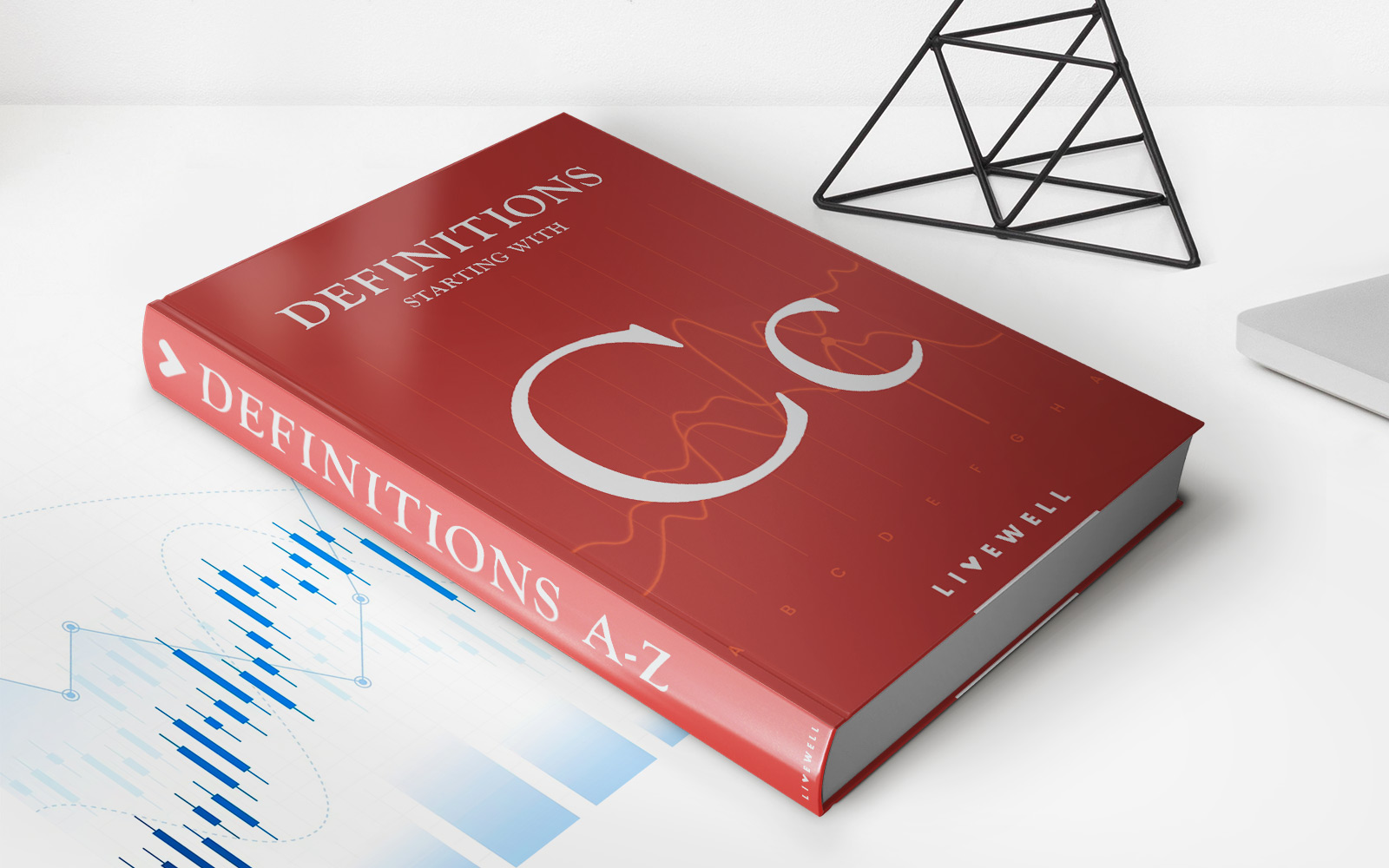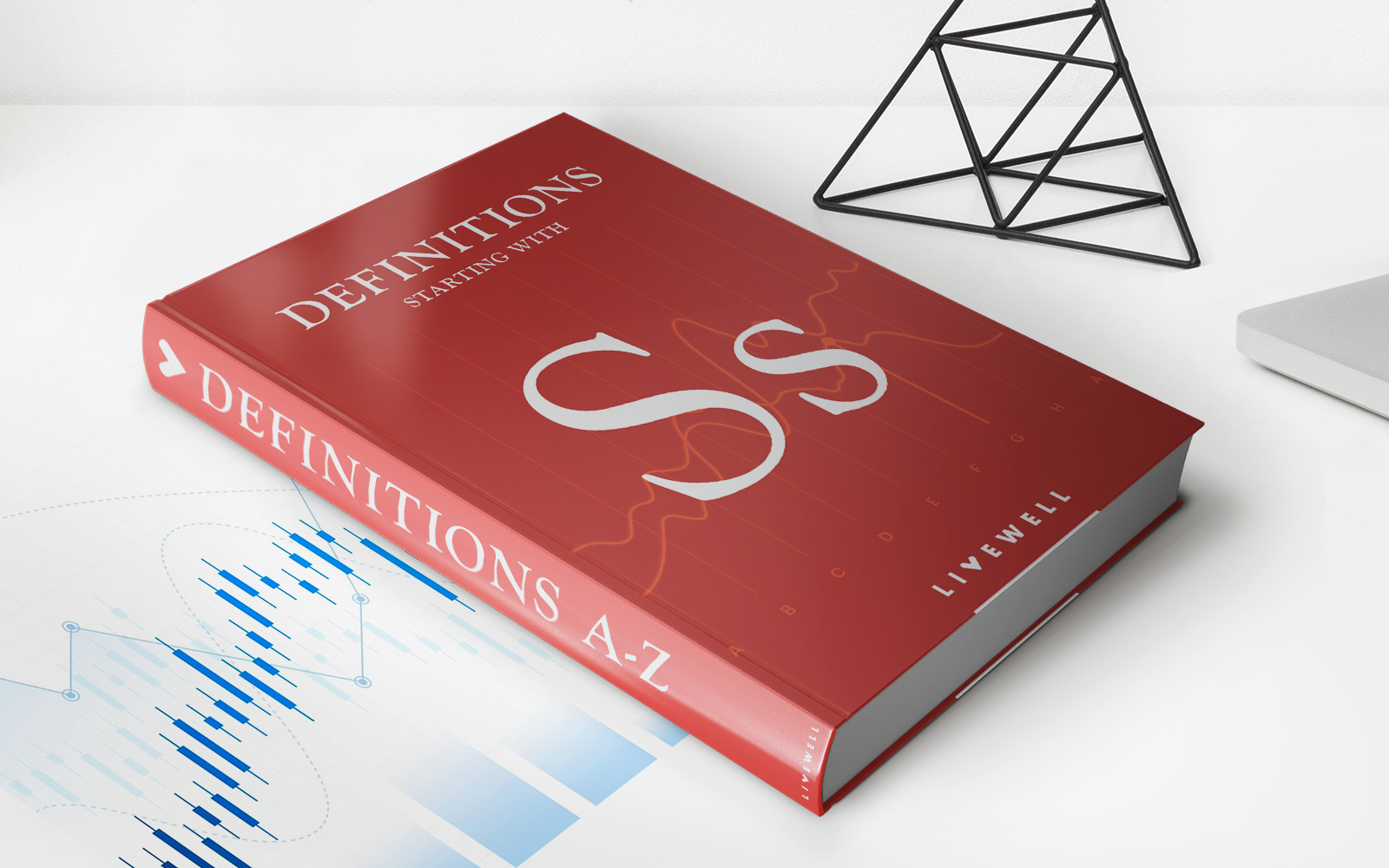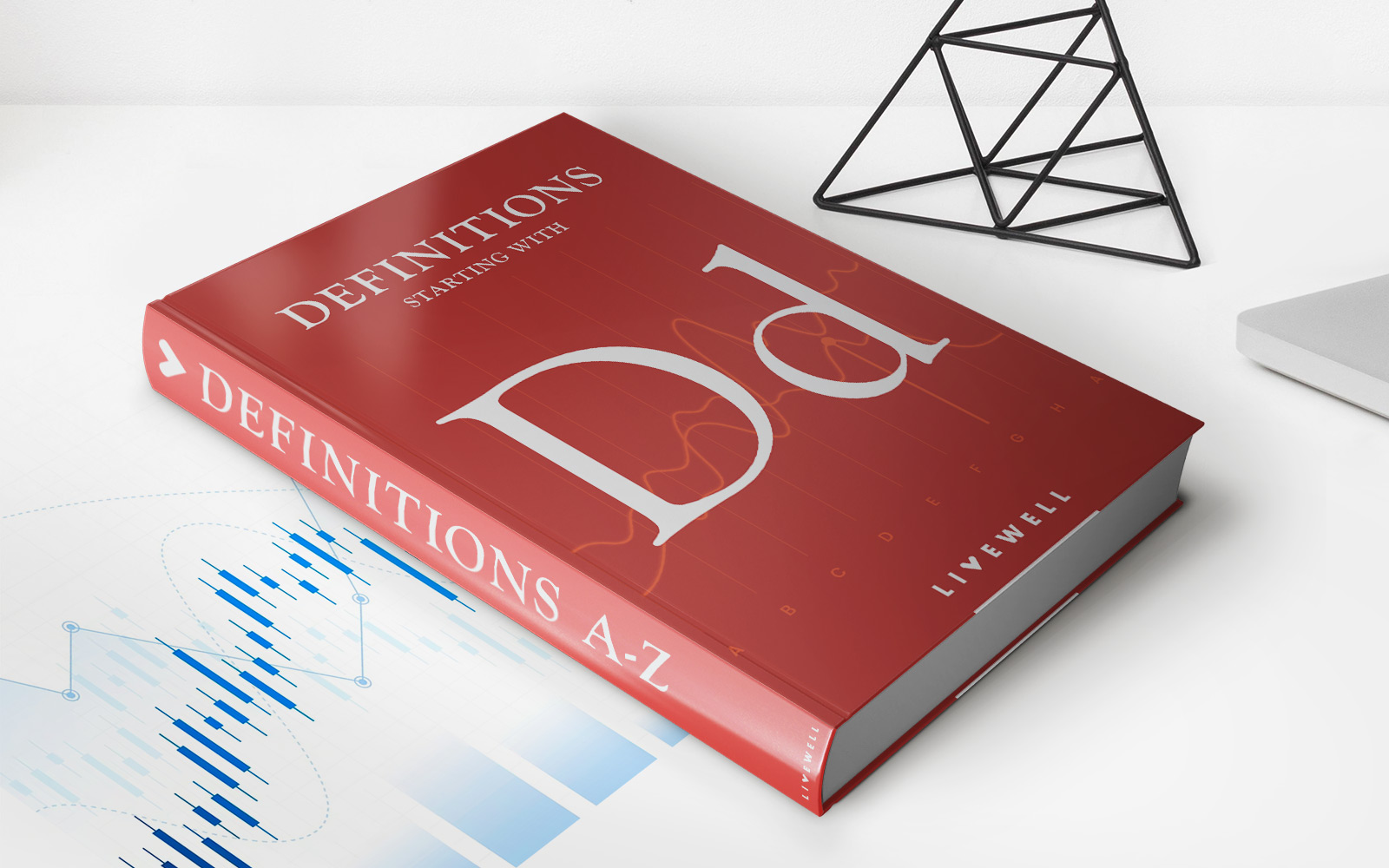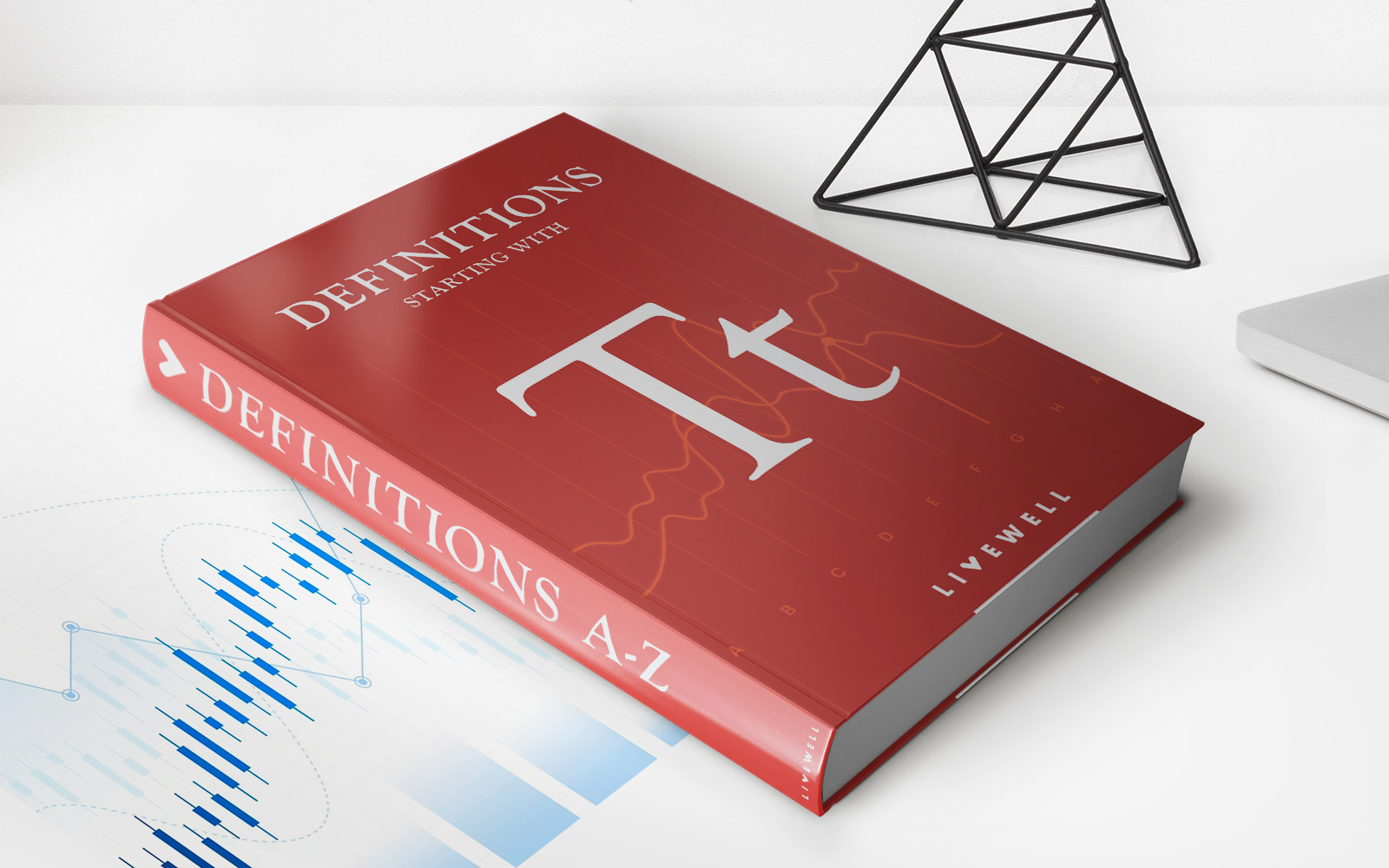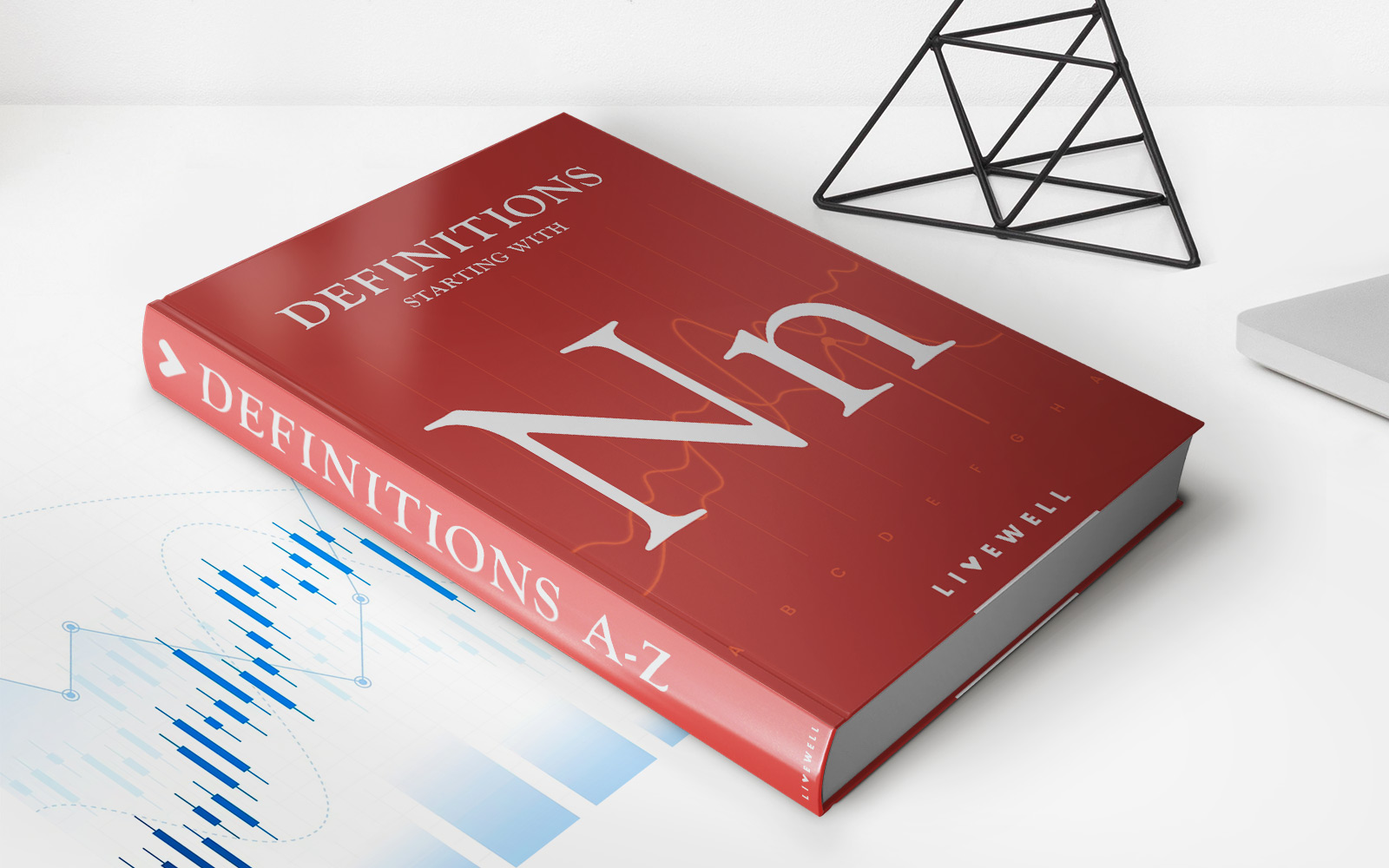Home>Finance>Terms Of Trade (TOT): Definition, Use As Indicator, And Factors
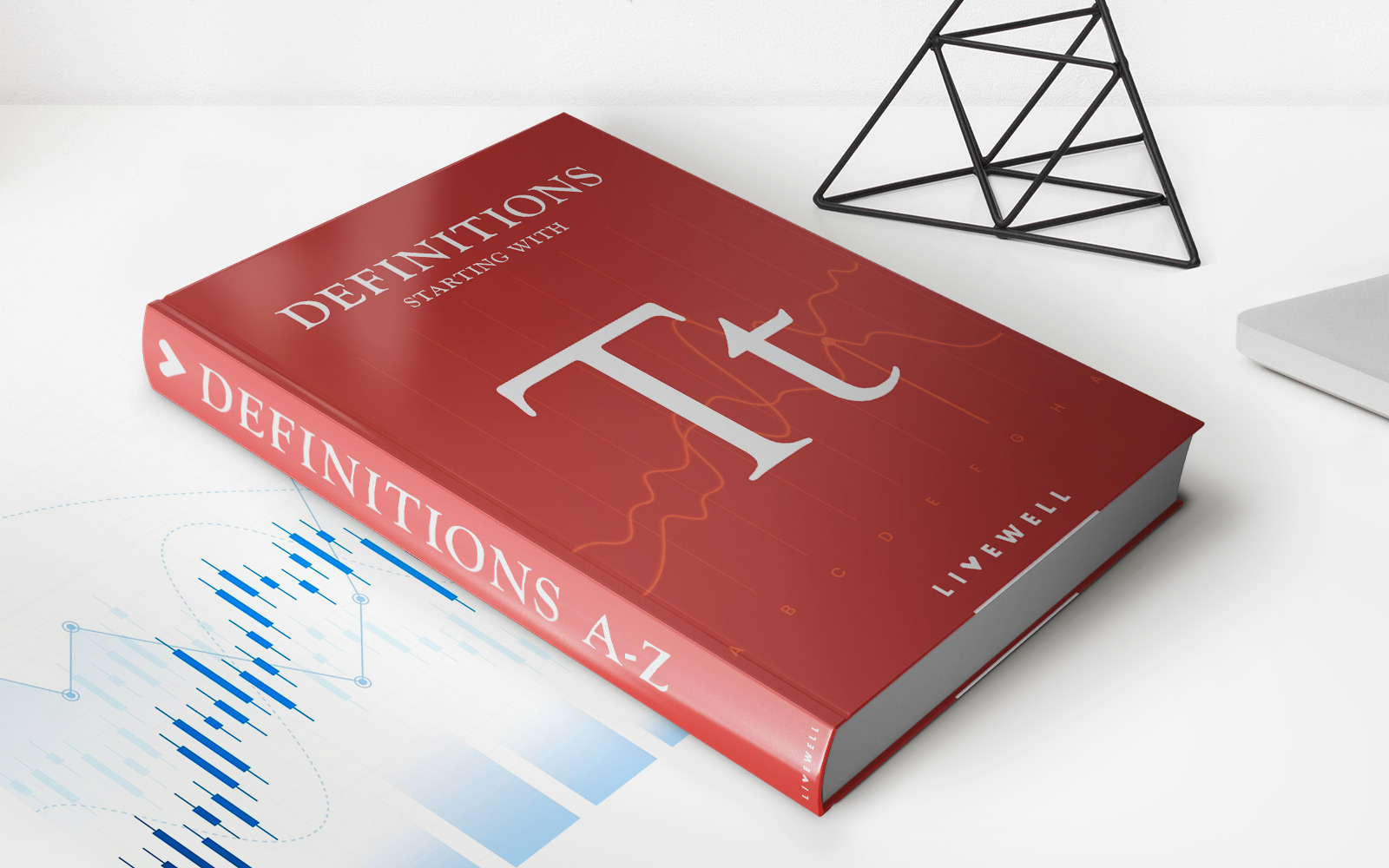

Finance
Terms Of Trade (TOT): Definition, Use As Indicator, And Factors
Published: February 8, 2024
Discover the definition and use of Terms of Trade (TOT) in finance. Learn how TOT serves as an indicator and explore its influencing factors.
(Many of the links in this article redirect to a specific reviewed product. Your purchase of these products through affiliate links helps to generate commission for LiveWell, at no extra cost. Learn more)
Terms of Trade (TOT): Definition, Use as Indicator, and Factors
Welcome to our finance blog, where we provide valuable insights on various financial topics. In this post, we will dive into the intriguing world of Terms of Trade (TOT) – a key concept used in international trade. Ever wondered what TOT means, how it is used as an indicator, and what factors affect it? Look no further, as we unravel these questions and more below.
Key Takeaways:
- Terms of Trade (TOT) refer to the ratio of export prices to import prices.
- TOT is an important indicator that reflects a country’s economic health and competitiveness in international trade.
What are Terms of Trade?
Terms of Trade (TOT) is a concept used to measure the relative value or purchasing power of a country’s exports compared to its imports. It is calculated by dividing the price index of exports by the price index of imports and multiplying it by 100. The resulting TOT percentage reveals whether a country is benefiting or losing in its trade relationships.
The numerator of the equation represents the average price of a country’s exports, while the denominator represents the average price of its imports. A higher TOT indicates that a country can purchase more imports for a given quantity of exports, indicating a favorable position. Conversely, a lower TOT suggests that a country must sell more exports to purchase the same quantity of imports, which could be unfavorable.
Why are Terms of Trade an Important Indicator?
Terms of Trade serve as a critical indicator for several reasons:
- Economic Health: TOT reflects the economic health of a country by providing insights into its ability to generate export revenues and maintain favorable trade relationships.
- Competitiveness: TOT helps assess a country’s competitiveness in international trade. A positive trend in TOT indicates that a country’s exports are gaining value relative to its imports, suggesting a competitive advantage.
- Inflation Analysis: Changes in TOT can highlight inflationary pressures. If export prices rise at a higher rate than import prices, it may indicate domestic inflation.
Factors Affecting Terms of Trade
Several factors influence a country’s terms of trade, including:
- Exchange Rates: Fluctuations in exchange rates impact TOT, as a depreciation in the domestic currency can make exports more competitive and increase TOT.
- Commodity Prices: Changes in commodity prices, especially for countries heavily reliant on commodity exports, can significantly affect TOT.
- Inflation: Differences in inflation rates between trading partners can impact TOT, as higher inflation in one country may lead to higher export prices and lower import prices.
- Tariffs and Trade Policies: Changes in tariffs or trade policies can impact the cost of imports and exports and, therefore, influence TOT.
Understanding the factors influencing Terms of Trade can help policymakers, economists, and businesses make informed decisions regarding trade strategies, monetary policies, and resource allocation.
In Conclusion
Terms of Trade (TOT) play a crucial role in understanding the economic health and competitiveness of a country in international trade. As an indicator, TOT provides valuable insights into a country’s ability to generate export revenues, maintain favorable trade relationships, and monitor inflationary pressures. Factors such as exchange rates, commodity prices, inflation, and trade policies influence TOT and should be carefully considered when analyzing trade dynamics.
Stay tuned for more insightful articles on finance as we continue to explore various topics to help you expand your financial knowledge.
